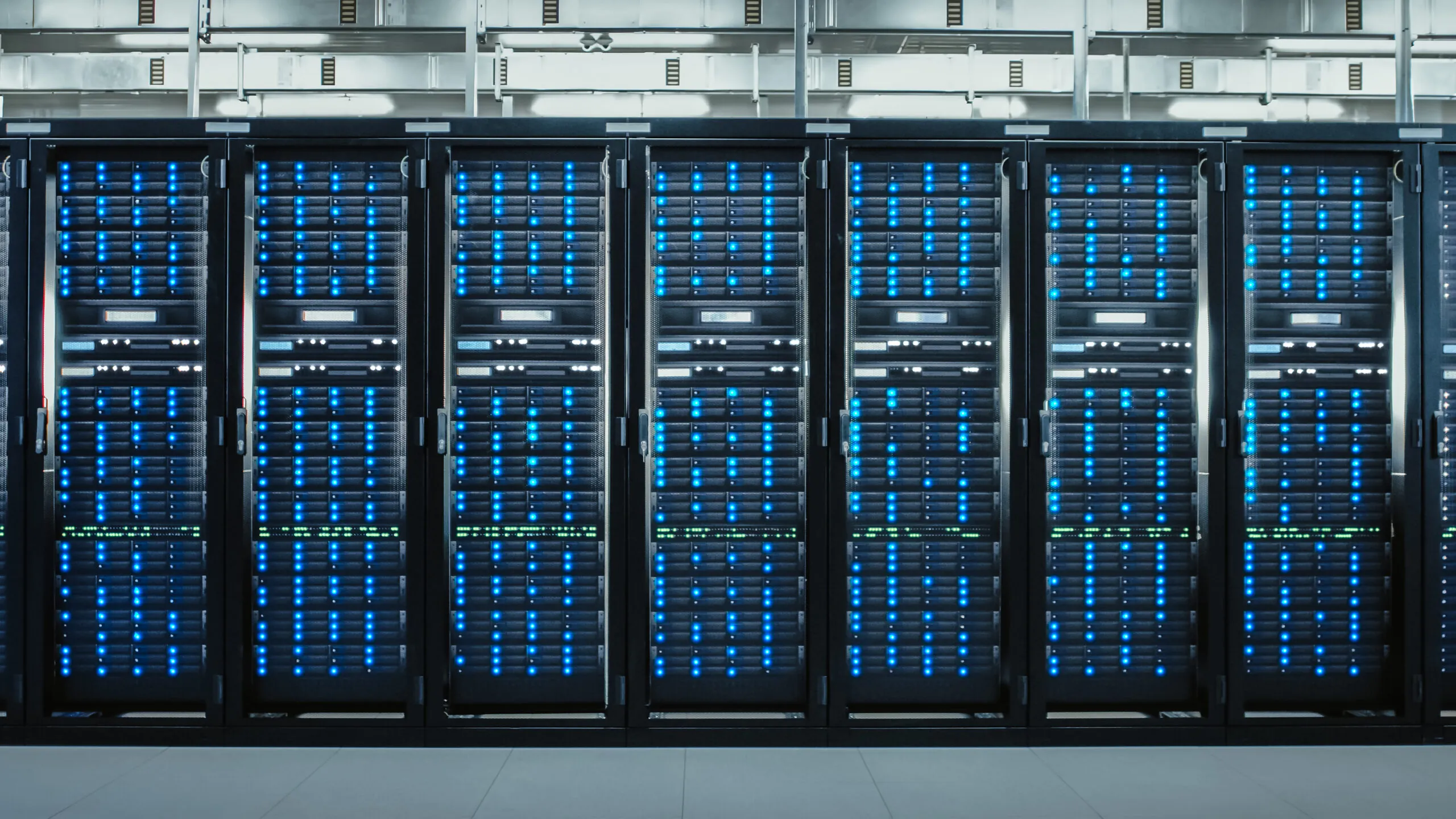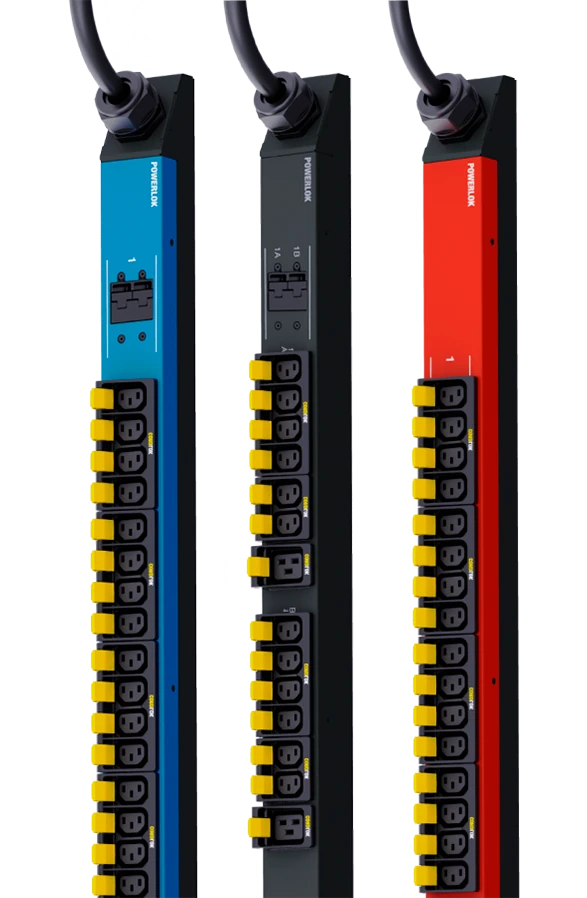Without Energy There is No AI: The Need for a Resilient Power and Cooling Infrastructure18 min read

The recent collapse of the power grid in Spain and Portugal made it clear that there is no AI or modern society as we know it without energy. Reliable energy is needed not only to keep the lights on, but to power AI servers and AI data centers and deliver enough cooling to keep them from overheating.
The massive blackout in the Iberian Peninsula that occurred in late April of 2025 followed the loss of 15 GW of electricity generation within a few seconds. The exact causes were not immediately reported. Opinions ranged from a cyberattack to unusual atmospheric conditions and overreliance on renewable sources. A detailed study by Kathryn Porter, an independent energy consultant and author of the Watt-Logic website, found that the failure of a solar inverter triggered a cascading series of outages that left 55 million people without power.
“The Iberian blackout demonstrated the importance of voltage control and reactive power, and how a weak grid, with poor controls, was brought down by a single faulty solar inverter,” said Porter. “Wind and solar generators failed to meet fault ride-through obligations, and both inverter-based and conventional generators failed to provide the required reactive power support.”
Prior to the failure, the Spanish grid operator pushed hard to have 100% of the nation powered by renewables. The grid was nowhere near ready for it. Adequate safeguards were not put in place.
How Much Solar and Wind Is Enough?
No one really knows what the optimum percentage of renewables on a grid should be to maintain stability, ensure reliability, and avoid blackouts. It might be 30%, 40%, or even 50%. Many areas have achieved even higher levels of renewables on their grids for certain periods of time, but not reliably, stably, and continuously. Thus, a middle ground is needed whereby plenty of renewables can operate when they are available, but they are fully supported by traditional power sources and adequate grid support mechanisms.
The grid also needs to be flexible enough to be able to switch back and forth between renewables and traditional energy sources within minutes. Battery energy storage systems (BESS) are a good start. They can provide a few hours of power. There is a need, too, for abundant power from sources such as natural gas and nuclear energy. Natural gas turbine manufacturers have done a good job in upgrading the technology to be able to come online in less than ten minutes. In places like California, when solar power falls off rapidly in the late afternoon, large amounts of natural gas generation are needed to fill the gap and be ready for the evening rush hour.
Additionally, there are a series of electrical safeguards that must be instituted to compensate for higher levels of renewables. These actions add stability, provide a buffer against sudden shifts in frequency, and add resilience.
Porter said: “The system failed to withstand a fault that originated with a single solar inverter. This was not an unavoidable technical event – it was the result of systemic underestimation of voltage control risks, poor compliance enforcement, and… failure to schedule or deploy sufficient dynamic voltage support. This blackout would not have occurred in a conventional, high-synchronous grid. The rush to decarbonize the power system without adequate attention to resilience and enforcement has created an atmosphere of complacency. That complacency – shared by policymakers, regulators, and parts of the renewables industry – led directly to a system-wide collapse that cost eleven lives.”
Don’t Throw out the Old for the New
The good news is that many Spanish and Portuguese data centers stayed online during the grid outage due to their deployment of diesel and natural gas generators as well as UPS systems. They relied on time-honored systems and technologies that have proven their worth in keeping facilities up and running.
The Spanish grid would have stayed up if a sensible approach to the adoption of new technology had been in place. Over-exuberance about the potential of solar and wind power to run the entire grid and a neglect of standard grid resilience measures led to a series of catastrophic errors.
Similarly, in the area of cooling, traditional air cooling and energy efficiency measures should never be neglected in favor of the latest liquid cooling technologies. Liquid cooling is definitely coming to many data centers. Those deploying it are advised to support it by giving renewed emphasis on the efficiency of their air cooling systems. An inspection or audit of these systems is likely to uncover many areas of potential improvement that can be done inexpensively. These actions will lower energy bills and reduce the burden on new liquid cooling systems.
Setting the standard for rack power reliability.
With automated soldering from line input to each receptacle,
PowerLok® eliminates all mechanical connections, making it 270%
less likely to fail than rack PDUs with mechanical terminations.
Setting the standard for rack power reliability.

PowerLok® eliminates all mechanical connections, making it 270%
less likely to fail than rack PDUs with mechanical terminations.

Drew Robb
Writing and Editing Consultant and Contractor
0 Comments